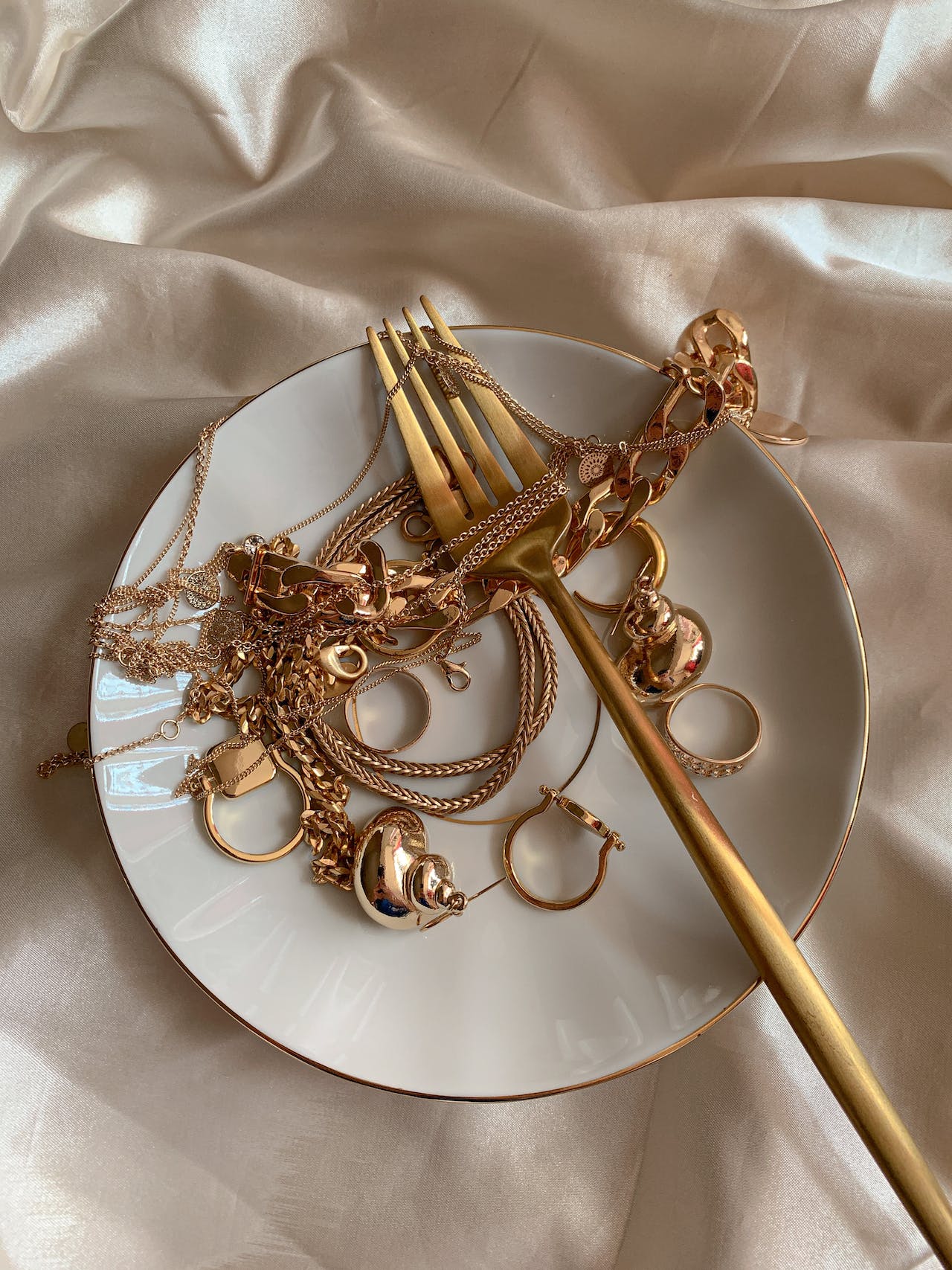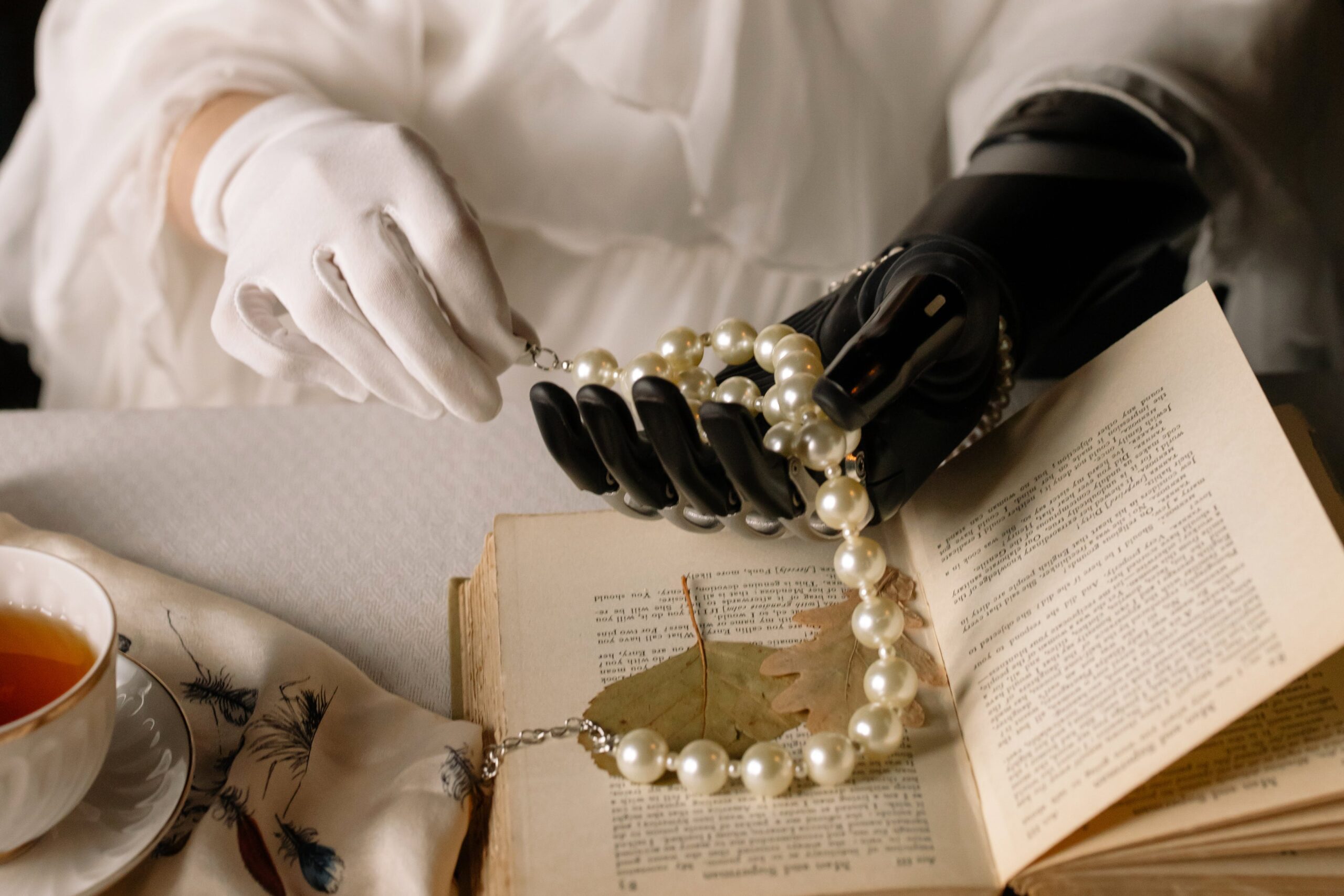Jewelry has always held a special place in human culture, serving as a symbol of status, beauty, and sentimentality. Whether it’s a dazzling diamond ring or a simple string of pearls, jewelry has the power to captivate and enchant. However, misconceptions often shroud the distinctions between these two categories, leading to misunderstandings about their quality, value, and appeal. In this article, we will debunk six common myths and misconceptions surrounding artificial and real jewelry, shedding light on the truths that lie beneath the surface.
Artificial jewelry, also known as costume or fashion jewelry, encompasses pieces crafted from non-precious materials. Despite the term “artificial,” these adornments possess their own allure and charm.
Myth 1: Artificial Jewelry Is Always Inferior in Quality
One prevalent myth surrounding artificial jewelry is that it is inherently of lower quality compared to real jewelry. While it’s true that artificial jewelry, also known as costume or fashion jewelry, may not feature precious metals or gemstones like gold or diamonds, this doesn’t mean it lacks quality altogether.
In reality, the quality of artificial jewelry can vary significantly depending on factors such as craftsmanship, materials used, and design. Many artificial jewelry pieces are crafted with care and attention to detail, using high-quality materials such as cubic zirconia, crystal, and plated metals. These materials can closely mimic the appearance of their real counterparts at a fraction of the cost.
Moreover, artificial jewelry offers versatility and affordability that real jewelry often cannot match. It allows individuals to experiment with different styles and trends without breaking the bank. Therefore, while artificial jewelry may not have the same intrinsic value as real jewelry, it can still be of excellent quality and craftsmanship.
Myth 2: Real Jewelry Is Always a Better Investment
Another common misconception is that real jewelry is always a better investment compared to artificial jewelry. While it’s true that real jewelry often retains or even appreciates in value over time, this isn’t always the case, and the notion of jewelry as an investment requires careful consideration.
The value of real jewelry depends on various factors such as the quality of the materials, rarity of the gemstones, brand reputation, and market demand. While certain pieces, such as those featuring high-grade diamonds or rare gemstones, may indeed appreciate in value, many others may not hold their value or may depreciate due to changes in fashion trends or market conditions.
On the other hand, artificial jewelry may not offer the same investment potential, but it can still provide value in terms of aesthetics, affordability, and versatility. Rather than viewing artificial jewelry solely as an investment, it’s essential to appreciate it for its decorative and expressive qualities.
Myth 3: Real Jewelry Is Always More Durable
There’s a common belief that real jewelry is inherently more durable than artificial jewelry. While it’s true that precious metals like gold and platinum are renowned for their durability and resistance to tarnishing, the durability of jewelry ultimately depends on various factors, including design, craftsmanship, and care.
Artificial jewelry, particularly pieces made with high-quality materials and craftsmanship, can be surprisingly durable and long-lasting. However, it’s essential to handle such pieces with care to prevent damage or tarnishing. Proper storage, cleaning, and maintenance are essential for preserving the appearance and longevity of both real and artificial jewelry.
Moreover, advancements in materials and manufacturing techniques have led to the development of highly durable artificial jewelry that can withstand everyday wear and tear. For example, modern plated metals and synthetic gemstones are often designed to be scratch-resistant and resistant to fading or discoloration.
Myth 4: Real Jewelry Is Always More Prestigious
There’s a perception that real jewelry carries more prestige and status compared to artificial jewelry. While it’s true that luxury brands and high-end jewelry designers often use precious metals and gemstones in their creations, the notion of prestige extends beyond material value.
Prestige in jewelry is not solely determined by the presence of real gemstones or precious metals but also by factors such as craftsmanship, design, brand reputation, and cultural significance. Artisanal craftsmanship, innovative design, and a rich history can elevate the status of artificial jewelry, making it highly coveted by collectors and enthusiasts alike.
Furthermore, personal significance and sentimentality play a significant role in the perceived value of jewelry. A piece of artificial jewelry gifted by a loved one or worn on a special occasion can hold as much emotional value as a real piece, regardless of its material composition.
Myth 5: Artificial Jewelry Always Looks Cheap
One of the most pervasive myths surrounding artificial jewelry is that it always looks cheap or tacky compared to real jewelry. While it’s true that some inexpensive costume jewelry may lack the refinement and elegance of high-end pieces, this generalization overlooks the vast diversity and creativity within the world of artificial jewelry.
Artificial jewelry encompasses a wide range of styles, designs, and materials, from delicate beaded necklaces to intricately crafted statement earrings. Many designers and artisans specialize in creating high-quality artificial jewelry that rivals the beauty and sophistication of real jewelry.
Moreover, advancements in manufacturing techniques and materials have enabled artificial jewelry to closely mimic the appearance of real gemstones and precious metals. Cubic zirconia, for example, is a synthetic gemstone that closely resembles diamonds and is often used in high-quality artificial jewelry.
Ultimately, the perceived value of jewelry is subjective and influenced by personal taste, style preferences, and cultural norms. What may appear cheap or tacky to one person may be considered stylish and fashionable to another.
Myth 6: Real Jewelry Is Always More Ethical
There’s a misconception that real jewelry is always more ethical compared to artificial jewelry, particularly when it comes to issues such as environmental sustainability and labor practices. While it’s true that the mining and extraction of precious metals and gemstones can have significant environmental and social impacts, the ethical considerations surrounding jewelry extend beyond material composition.
Real jewelry sourced from reputable suppliers and brands that adhere to responsible mining and ethical labor practices can indeed offer a higher degree of assurance regarding its ethical credentials. However, it’s essential to recognize that the jewelry industry as a whole faces complex challenges related to sustainability, transparency, and ethical sourcing.
Artificial jewelry, on the other hand, may offer a more sustainable and ethical alternative for those concerned about the environmental and social impacts of mining. Many artificial jewelry brands prioritize ethical sourcing of materials, use recycled metals and eco-friendly production processes, and support fair labor practices.
Conclusion:
The world of jewelry is rich and diverse, encompassing a wide range of styles, materials, and craftsmanship. While artificial and real jewelry each have their unique characteristics and appeal, it’s essential to debunk the myths and misconceptions that often surround them.
Whether it’s the belief that real jewelry is always a better investment or that artificial jewelry always looks cheap, these myths overlook the nuanced complexities and possibilities within the jewelry industry. By embracing the diversity and creativity within both artificial and real jewelry, we can appreciate the beauty, craftsmanship, and cultural significance that each piece represents.














